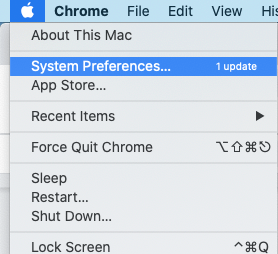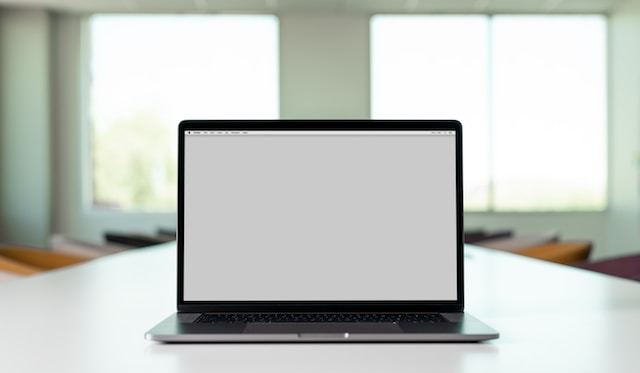If you’re an Apple user, you’re likely well-acquainted with the benefits of having an Apple ID. It’s your digital passport to the Apple ecosystem, enabling you to access a multitude of services. However, what do you do when you encounter the dreaded message: “There was an error connecting to the Apple ID server”? In this article, we’ll explore the reasons behind this issue and provide you with a clear roadmap to resolve it.
Why “There was an error connecting to the Apple ID server” occur
Before we jump into solutions, let’s understand why you might encounter the “Error connecting to the Apple ID server” message.
1. Network Issues: Sometimes, it’s the simple things. A poor or unstable internet connection can lead to this error.
2. Apple Server Problems: Apple’s servers might be experiencing temporary issues, causing the error.
3. Outdated Software: Running an outdated iOS or macOS version could be the culprit.
4. Incorrect Date and Time: A mismatch in your device’s date and time settings can disrupt the connection to Apple’s servers.
5. Firewall and Security Software: Overprotective security software or firewall settings may block the connection to Apple’s servers.
How to Resolve the Apple ID Server Error
Now, let’s get into some practical ways to get rid of this pesky issue and restore your Apple ID connection.
1. Check Your Network
Begin with the basics. Ensure your internet connection is stable. Switch to a different Wi-Fi network or cellular data to rule out network issues. Sometimes, all it takes is a simple network change to restore the connection.
2. Apple Server Status
Apple’s servers can occasionally experience downtime. Check Apple’s System Status page (https://www.apple.com/support/systemstatus/) to see if any services are reported as down. If that’s the case, all you can do is wait for Apple to resolve the issue.
3. Update Your Software
Keeping your iOS or macOS version up-to-date is crucial. Outdated software can lead to compatibility issues and connectivity problems. To update:
1. On iOS:
Go to “Settings” > “General” > “Software Update.”
2. On macOS:
Go to “Apple Menu” > “System Preferences” > “Software Update.”

4. Verify Date and Time Settings
Mismatched date and time settings can disrupt the connection. To ensure they’re correct:
1. On iOS:
Go to “Settings” > “General” > “Date & Time.”
2. On macOS:
Go to “Apple Menu” > “System Preferences” > “Date & Time.”
Enable “Set Automatically” to sync with Apple’s servers.
5. Check Firewall and Security Software
Overzealous security software or firewall settings may block Apple ID server connections. Review your security software settings and make sure they’re not causing the issue. Temporarily disabling them for troubleshooting may help.
6. Restart Your Device
Sometimes, a simple restart can work wonders. It can clear temporary glitches and refresh the connection. Power off your device and turn it back on.
7. Sign Out and Sign In
Sign out of your Apple ID and sign back in. This can re-establish the connection. To do this:
1. On iOS:
Go to “Settings” > “Your Name” > “Sign Out.”
2. On macOS:
Go to “Apple Menu” > “System Preferences” > “Apple ID” > “Overview” > “Sign Out.”
Conclusion
The “Error connecting to the Apple ID server” message can be a temporary annoyance or a more persistent problem. However, armed with these practical solutions, you can tackle the issue head-on. By checking your network, ensuring Apple’s servers are operational, updating your software, verifying date and time settings, and reviewing your security software, you’re well-prepared to restore your Apple ID connection.
Remember, technology hiccups happen to the best of us, but with the right troubleshooting steps, you can get back to enjoying all that the Apple ecosystem has to offer. Happy connecting!

